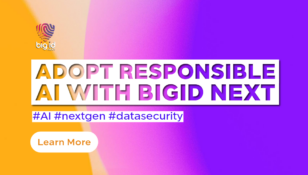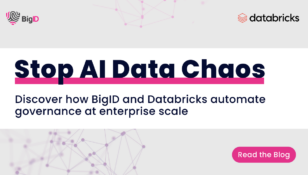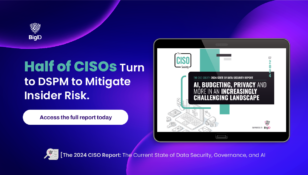How to Manage Customer Data in the Retail Industry

Many consumer-driven companies are focused on compliance with local privacy regulations — potentially at the expense of improving their overall data management program.
Ultimately, it’s the customer data and the process of collecting and enriching that data that lies at the heart of B2C businesses. By improving the quality and completeness of their customer data, organizations can better understand customers’ behaviors and target new products and services to specific segments — while also achieving and maintaining compliance.
Consumer Data in Loyalty Apps
Let’s look at customer data through the lens of loyalty programs, which are increasingly popular as the retail industry aims to increase the number of touchpoints with customers, improve the tracking of purchase orders, and capture additional preferences for the individual customer.
These apps build deeper customer relationships via targeted messages and offers, increase new purchases that lead to company growth, and provide valuable insights to the customer based on app usage.
Take, for example, one global retail provider that decided to expand its customer loyalty program on its mobile app. Not only did the app result in over 25 million members joining a single platform where the company could share and distribute info on its products, but it created a gamification factor so customers could unlock new rewards and coupons. This kind of “stickiness” encourages customers to continue to use it.
Build Customer Analytics with Loyalty Data
To create advanced customer analytics with loyalty program data, organizations need to first connect all their siloed customer systems together with a user ID or through a unique combination of identifiers. Typically, organizations may keep one set of prospective customers in a sales database, another set of names in marketing, and yet another list in a financial system of bills and invoices.
In order to create actionable insight on the data, the organization must connect the separate systems together by customer and associate both unstructured and structured data — which comes from the loyalty app and any connected social media — with each person. By linking all the available activities to a single customer, an organization can build upon a holistic data management program to incorporate the new insights for their customers.
For example, the customer behavior on the app — including purchases made or time spent on specific webpages — can be tied back to the master customer records that the customer service team can leverage in future conversations. The customer can also decide to watch ads on new products, signaling future purchasing preferences. If geolocation is turned on inside the app, companies can send targeted coupons to customers who are near a store.
These additional data points can help expand the end-to-end customer lifecycle so organizations can make large-scale predictive trends and predictions.
How BigID Helps Retail Gain Control Over Their Customer Data
The analytics from these customer loyalty programs creates a new source of (potentially regulated) information that needs to be stitched into an existing customer data foundation. Retail organizations need to build a data catalog that provides a single source of reference for all their customer information. Often, customer information is scattered across different systems, documents, and channels.
By leveraging an automated solution that can collect and curate all customer data — regardless of its source — into a single pane of glass, organizations can improve their analysis and understanding of customer segments.
That’s where BigID comes into the picture. With BigID, organizations can not only get visibility into customer data across their data landscape, but can leverage patented ML technology to:
- Combine a catalog view of all your organization’s metadata with an embedded data profile of each attribute — all in one place
- Unify customer data regardless of its data source (without moving or copying the data itself)
- Identify duplicate, similar, and redundant data
- Pinpoint where all of this data lives in your data ecosystem
- Correlate other related and impacted attributes that are associated with your customer
Find out more about how BigID’s data intelligence platform enables retail organizations to holistically manage the quality of customer data across multiple siloed systems, ultimately improving that data.













